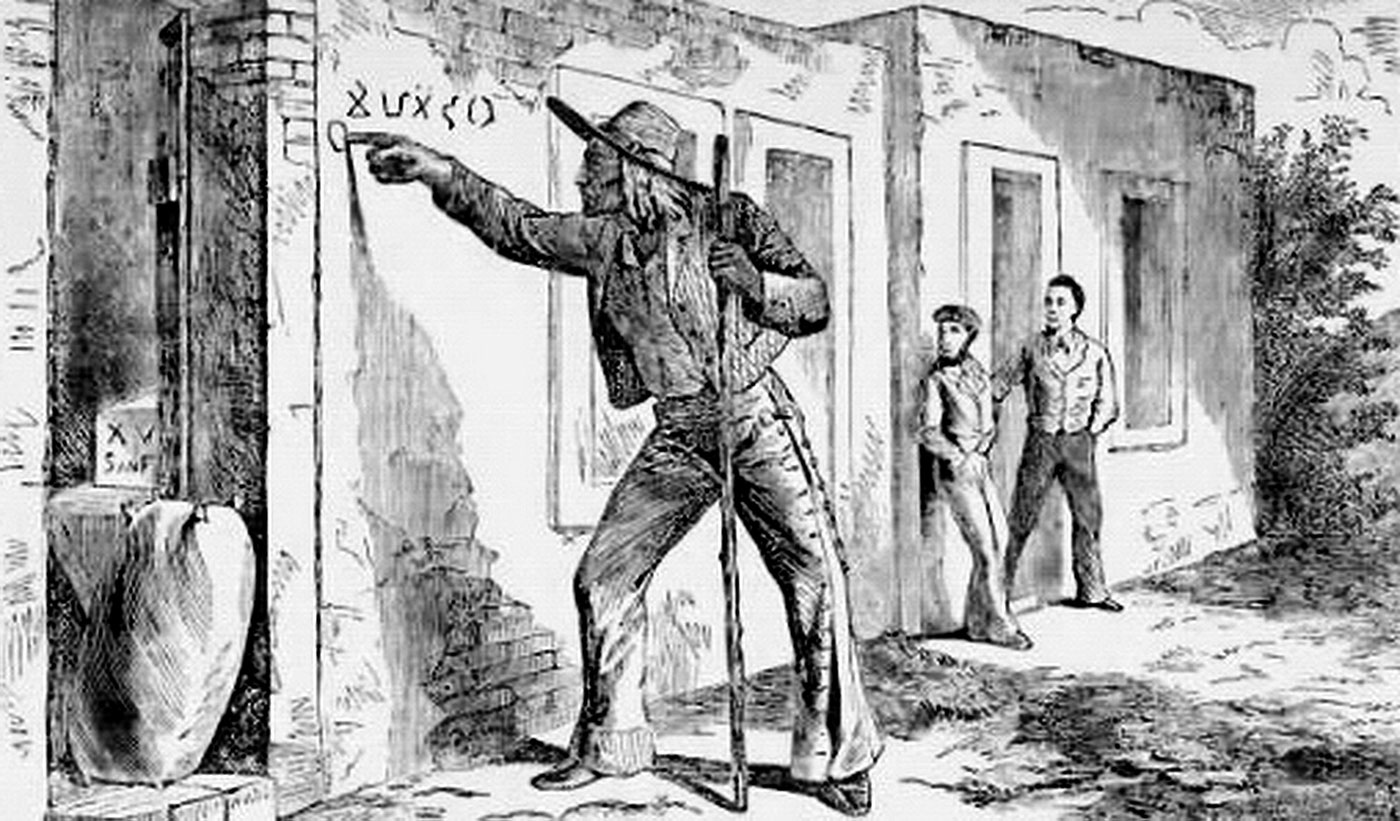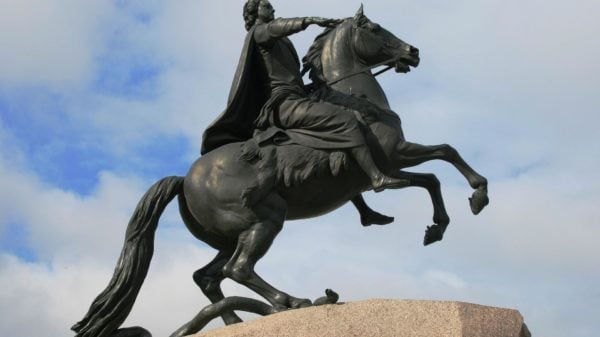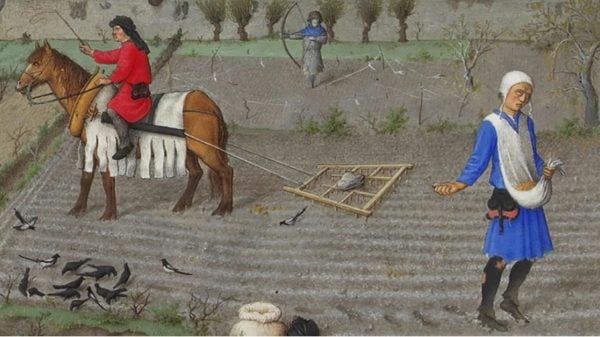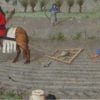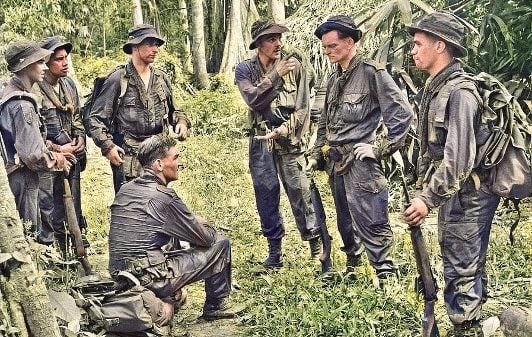Every language uses characters to spell out words or to communicate with other people. Learning how to write and spell out words is one of the crucial components of understanding a language. With 6,500 languages you can spell out, you might be surprised that there is a made-up form of communication that hobos used before, which is known as the “Hobo Code.”
In the 1900s, when many were displaced in the U.S., most of them became hobos traveling from place to place without having any permanent address. They went from country to country in hopes of finding work and a new place to live in. However, they met other hobos who were also struggling to get through the day, so they created symbols and codes that only they could understand.
They would write them on any solid surface such as trees, walls, bridges, and fence posts to help other travelers who were lost and needed guidance whenever they visited a new place. Some of the codes even gave out warnings and cautions since hobos were not generally accepted by the public and were usually shooed away.
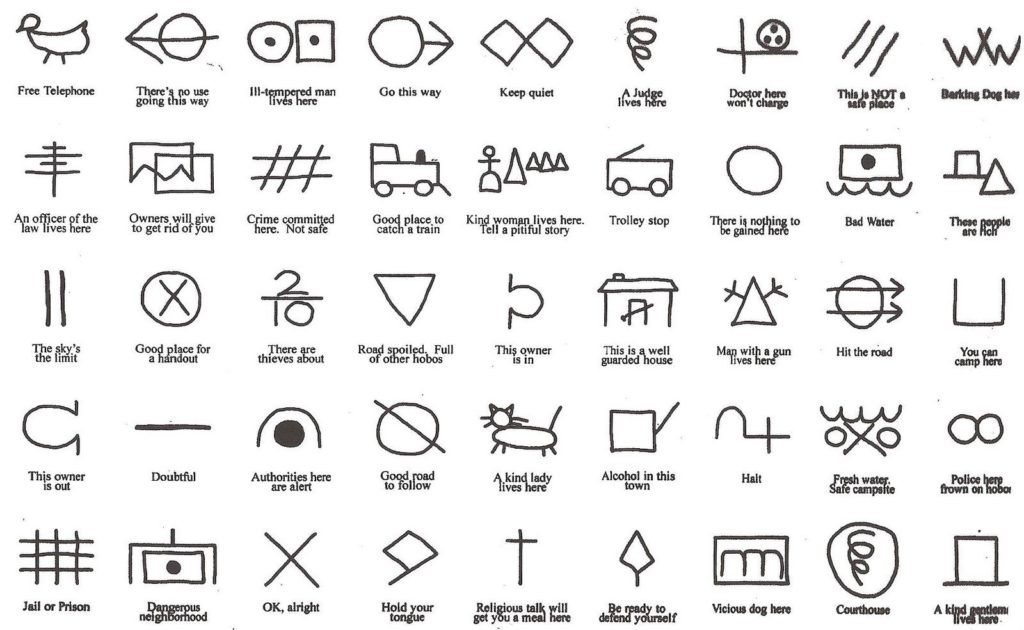
An illustration of the different hobo symbols and shapes.
Understanding the Hobo Symbols
Most of the hobo symbols are straightforward and are easily distinguishable because they use simple shapes and symbols such as birds, triangles, and smiley faces, to name a few. You should know at least several hobo codes and symbols, such as a drawing of a cat, which means a “kind lady lives here.” Hobos leave that symbol whenever they find a house with a woman that can provide food to eat without anything in return. The women who offered were compassionate and respectful to hobos.
One other symbol that is the complete opposite of the cat is a triangle with two arms raised. That symbol means that there is a man with a gun who lives in the house. When hobos see that symbol, they steer clear of the home as much as possible for fear of the man shooting hobos when they go near their property.
Another hobo symbol is a cross with two angry eyes at each cross’s horizontal arms. They make that symbol when other hobos have encountered police who are near the vicinity. Back then, hobos were either put in jail or beaten whenever cops find and catch them. Other residents would even contact the police and tell where the hobos are, so they used that specific symbol.
Lastly, a symbol that hobos look for is the bread symbol, meaning that any hobo can get a free meal. Even other hobos would leave a bit of food for others if they had extra to spare. Whether it was bread or water, the hobos had no one to rely on but themselves and other hobos.
Now that you know the hobo symbols, you might encounter a few of them in old buildings from the 1900s that are still standing.


